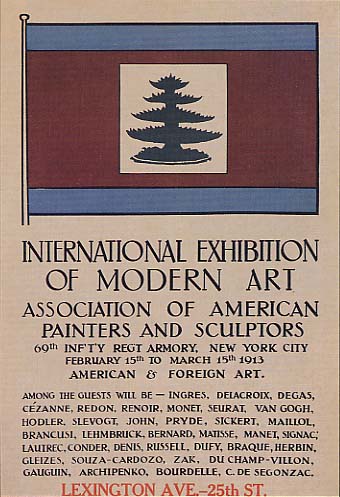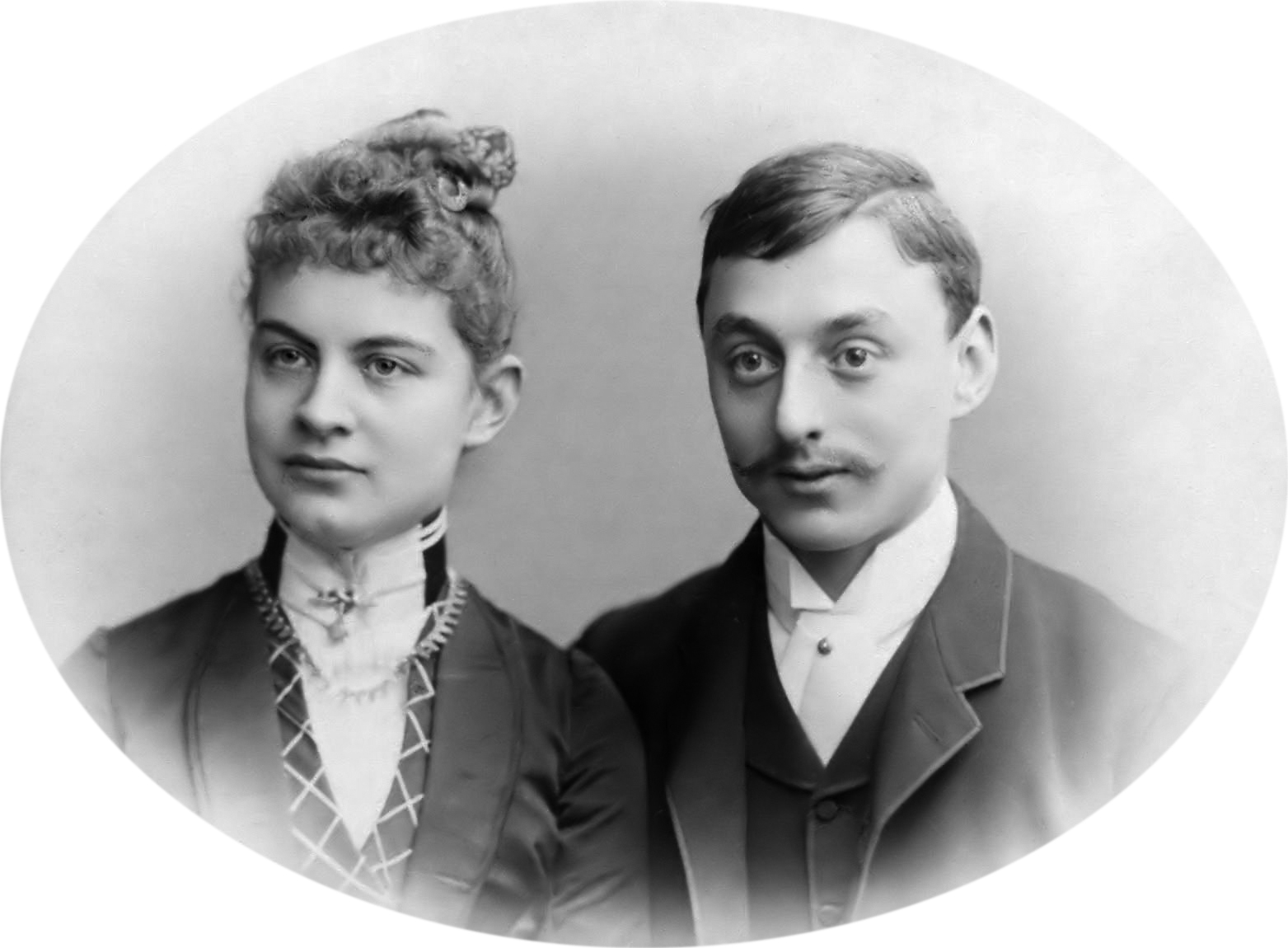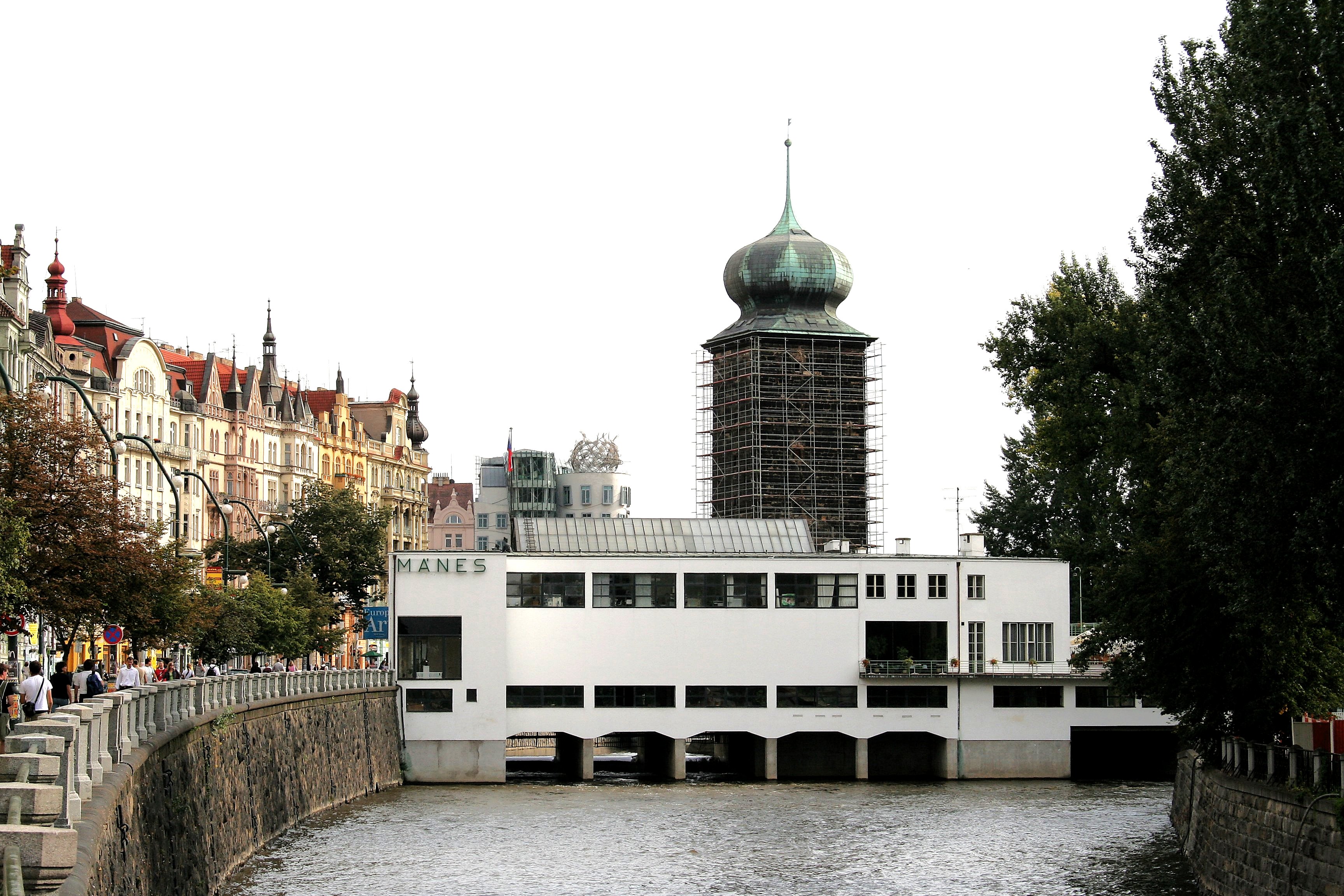|
Tobeen
Tobeen (Bordeaux, July 20, 1880 - Saint-Valery-sur-Somme, March 1938) is the pseudonym of the French artist Félix Bonnet. Life Tobeen stayed frequently in the western part of thé Pyrenees, Basque Country, but was born and bred in Bordeaux. Because of his frequent reference to Basque subjects within his paintings he became known as a Basque artist. However, he was not a Basque and neither were his parents. From 1910 he worked in Paris where he maintained relations with the group of Pablo Picasso and Georges Braque and with the group of the Duchamp brothers (Gaston, Raymond and Marcel) in Puteaux. He exhibited eleven works at the Salon de la Section d'Or, Galerie La Boétie, Paris, October 1912. But Tobeen was not a city-dweller. He loved a life of liberty, the sea, the woods and after 1920 he settled in Saint-Valery-sur-Somme. Tobeen's paintings, drawings and woodcarvings show the traces of his Parisian period and his passion for the poetry in human life. Exhibitions * Salo ... [...More Info...] [...Related Items...] OR: [Wikipedia] [Google] [Baidu] |
Section D'Or
The Section d'Or ("Golden Section"), also known as Groupe de Puteaux or Puteaux Group, was a collective of Painting, painters, sculptors, poets and critics associated with Cubism and Orphism (art), Orphism. Based in the Parisian suburbs, the group held regular meetings at the home of the Duchamp brothers in Puteaux and at the studio of Albert Gleizes in Courbevoie. Active from 1911 to around 1914, members of the collective came to prominence in the wake of their controversial showing at the Salon des Indépendants in the spring of 1911. This showing by Albert Gleizes, Jean Metzinger, Robert Delaunay, Henri le Fauconnier, Fernand Léger and Marie Laurencin (at the request of Guillaume Apollinaire, Apollinaire), created a scandal that brought Cubism to the attention of the general public for the first time. The Salon de la Section d'Or, held October 1912—the largest and most important public showing of Cubist works prior to World War I—exposed Cubism to a wider audience still. A ... [...More Info...] [...Related Items...] OR: [Wikipedia] [Google] [Baidu] |
Armory Show
The 1913 Armory Show, also known as the International Exhibition of Modern Art, was a show organized by the Association of American Painters and Sculptors in 1913. It was the first large exhibition of modern art in America, as well as one of the many exhibitions that have been held in the vast spaces of U.S. National Guard armories. The three-city exhibition started in New York City's 69th Regiment Armory, on Lexington Avenue between 25th and 26th Streets, from February 17 until March 15, 1913. The exhibition went on to the Art Institute of Chicago and then to The Copley Society of Art in Boston,International Exhibition of Modern Art catalogue cover, Copley Society of Boston, |
Scheringa Museum Of Realist Art
Scheringa Museum of Realist Art (until 2005, Frisia Museum) was a museum in Spanbroek, North Holland, the Netherlands that housed around five hundred works of the 20th-century art mainly realist art and contemporary. It opened in February 1997 and closed in 2009. After the DSB Bank went bankrupt, the collection was retained by ABN AMRO as a guarantee, and this forced the closure of the museum. Later, the collection passed to the Deutsche Bank, which decided to sell it to an undisclosed individual for 14 million Euro. The plans were stopped in 2011 by a court in Amsterdam, which decided that the price was too low. In March 2012, the Dutch part of the collection was bought by Hans Melchers. It is on display in Museum MORE. Interior and contents Works by Pyke Koch, Raoul Hynckes, Wim Schuhmacher and Dick Ket. Works by Dutch Realists - Jan Mankes, Charley Toorop, Edgar Fernhout, Jan van Tongeren, Johan Mekkink, Johan Ponsioen, Sal Meijer, Ferdinand Erfmann, Paul Huf and Fong L ... [...More Info...] [...Related Items...] OR: [Wikipedia] [Google] [Baidu] |
Bordeaux
Bordeaux ( , ; Gascon oc, Bordèu ; eu, Bordele; it, Bordò; es, Burdeos) is a port city on the river Garonne in the Gironde department, Southwestern France. It is the capital of the Nouvelle-Aquitaine region, as well as the prefecture of the Gironde department. Its inhabitants are called ''"Bordelais"'' (masculine) or ''"Bordelaises"'' (feminine). The term "Bordelais" may also refer to the city and its surrounding region. The city of Bordeaux proper had a population of 260,958 in 2019 within its small municipal territory of , With its 27 suburban municipalities it forms the Bordeaux Metropolis, in charge of metropolitan issues. With a population of 814,049 at the Jan. 2019 census. it is the fifth most populated in France, after Paris, Lyon, Marseille and Lille and ahead of Toulouse. Together with its suburbs and exurbs, except satellite cities of Arcachon and Libourne, the Bordeaux metropolitan area had a population of 1,363,711 that same year (Jan. 2019 census), ma ... [...More Info...] [...Related Items...] OR: [Wikipedia] [Google] [Baidu] |
Kröller-Müller Museum
The Kröller-Müller Museum () is a national art museum and sculpture garden, located in the Hoge Veluwe National Park in Otterlo in the Netherlands. The museum, founded by art collector Helene Kröller-Müller within the extensive grounds of her and her husband's former estate (now the national park), opened in 1938. It has the second-largest collection of paintings by Vincent van Gogh, after the Van Gogh Museum. The museum had 380,000 visitors in 2015. History The Kröller-Müller Museum was founded by Helene Kröller-Müller, an avid art collector who, being advised by H.P. Bremmer, was one of the first to recognize Vincent van Gogh's genius and collect his works. In 1935, she donated her whole collection to the state of the Netherlands. In 1938, the museum, which was designed by Henry van de Velde, opened to the public. The sculpture garden was added in 1961 and the new exhibition wing, designed by Wim Quist, opened in 1977. Collection The museum has a considerable c ... [...More Info...] [...Related Items...] OR: [Wikipedia] [Google] [Baidu] |
1880 Births
Year 188 (CLXXXVIII) was a leap year starting on Monday of the Julian calendar. At the time, it was known in the Roman Empire as the Year of the Consulship of Fuscianus and Silanus (or, less frequently, year 941 ''Ab urbe condita''). The denomination 188 for this year has been used since the early medieval period, when the Anno Domini calendar era became the prevalent method in Europe for naming years. Events By place Roman Empire * Publius Helvius Pertinax becomes pro-consul of Africa from 188 to 189. Japan * Queen Himiko (or Shingi Waō) begins her reign in Japan (until 248). Births * April 4 – Caracalla (or Antoninus), Roman emperor (d. 217) * Lu Ji (or Gongji), Chinese official and politician (d. 219) * Sun Shao, Chinese general of the Eastern Wu state (d. 241) Deaths * March 17 – Julian, pope and patriarch of Alexandria * Fa Zhen (or Gaoqing), Chinese scholar (b. AD 100) * Lucius Antistius Burrus, Roman politician (executed) * Ma Xiang, Chin ... [...More Info...] [...Related Items...] OR: [Wikipedia] [Google] [Baidu] |
French Male Painters
French (french: français(e), link=no) may refer to: * Something of, from, or related to France ** French language, which originated in France, and its various dialects and accents ** French people, a nation and ethnic group identified with France ** French cuisine, cooking traditions and practices Fortnite French places Arts and media * The French (band), a British rock band * "French" (episode), a live-action episode of ''The Super Mario Bros. Super Show!'' * ''Française'' (film), 2008 * French Stewart (born 1964), American actor Other uses * French (surname), a surname (including a list of people with the name) * French (tunic), a particular type of military jacket or tunic used in the Russian Empire and Soviet Union * French's, an American brand of mustard condiment * French catheter scale, a unit of measurement of diameter * French Defence, a chess opening * French kiss, a type of kiss involving the tongue See also * France (other) * Franch, a surname * French ... [...More Info...] [...Related Items...] OR: [Wikipedia] [Google] [Baidu] |
19th-century French Painters
The 19th (nineteenth) century began on 1 January 1801 ( MDCCCI), and ended on 31 December 1900 ( MCM). The 19th century was the ninth century of the 2nd millennium. The 19th century was characterized by vast social upheaval. Slavery was abolished in much of Europe and the Americas. The First Industrial Revolution, though it began in the late 18th century, expanding beyond its British homeland for the first time during this century, particularly remaking the economies and societies of the Low Countries, the Rhineland, Northern Italy, and the Northeastern United States. A few decades later, the Second Industrial Revolution led to ever more massive urbanization and much higher levels of productivity, profit, and prosperity, a pattern that continued into the 20th century. The Islamic gunpowder empires fell into decline and European imperialism brought much of South Asia, Southeast Asia, and almost all of Africa under colonial rule. It was also marked by the collapse of the large S ... [...More Info...] [...Related Items...] OR: [Wikipedia] [Google] [Baidu] |
Museum Of Fine Arts Of Nancy
The Museum of Fine Arts of Nancy (french: Musée des Beaux-Arts de Nancy), one of the oldest museums in France, is housed in one of the pavilions on Place Stanislas, in the heart of the 18th-century urban ensemble, a World Heritage Site by Unesco. The museum displays an important collection of European paintings and is largely open to design, including a gallery dedicated to Jean Prouvé or the Daum factory. History The Museum of Fine Arts of Nancy is one of the oldest in France. Its foundation intervenes, as for other French museum institutions, during the revolutionary period. The first collections are made from the seizures of the property of the clergy or aristocratic families who emigrate to flee France and the Revolution. Under the First Empire, with the signing of the peace treaty between France and Austria in Lunéville in 1801, Napoleon I brought 30 paintings from the Central Museum in Lorraine (now the Louvre Museum). Thus, the museum of Nancy receives a large s ... [...More Info...] [...Related Items...] OR: [Wikipedia] [Google] [Baidu] |
Musée Des Beaux-arts De Bordeaux
The Musée des Beaux-Arts de Bordeaux is the fine arts museum of the city of Bordeaux, France. The museum is housed in a dependency of the Palais Rohan in central Bordeaux. Its collections include paintings, sculptures and drawings from the 15th century to the 20th century. The largest collection is composed of paintings, and its strong points are works by French and Dutch painters. In front of the building, there is the Galerie des Beaux-Arts, where temporary exhibitions are housed. History Established in 1801 by the painter Pierre Lacour,History of the Musée des Beaux-Arts de Bordeaux Official website it is one of the largest art galleries in France outside Paris. The museum holds several paintings that were looted by the French during the |
Mánes Union Of Fine Arts
The Mánes Association of Fine Artists ( or ''S.V.U.''; commonly abbreviated as ''Manes'') was an artists' association and exhibition society founded in 1887 in Prague and named after painter Josef Mánes. The Manes was significant for its international exhibitions before and after World War I that encouraged interaction between Czech artists and the foreign avant-garde. It played an important role in the development of Czech Cubism and Rondocubism. Between 1928 and 1930, Manes built a complex with a restaurant, club, showroom and offices at the site of the Štítkovský Mill and water tower on the Vltava. The architect of the 1928 Manes pavilion was member . The union was liquidated under the Communists and was revived after the Velvet Revolution in 1990. Its headquarters became the Diamond House in Prague, itself a landmark of cubist architecture. Formative years (1885–1899) ''Svaz výtvarných umělců Mánes'' ("Association of Fine Artists Mánes") was established in ... [...More Info...] [...Related Items...] OR: [Wikipedia] [Google] [Baidu] |







